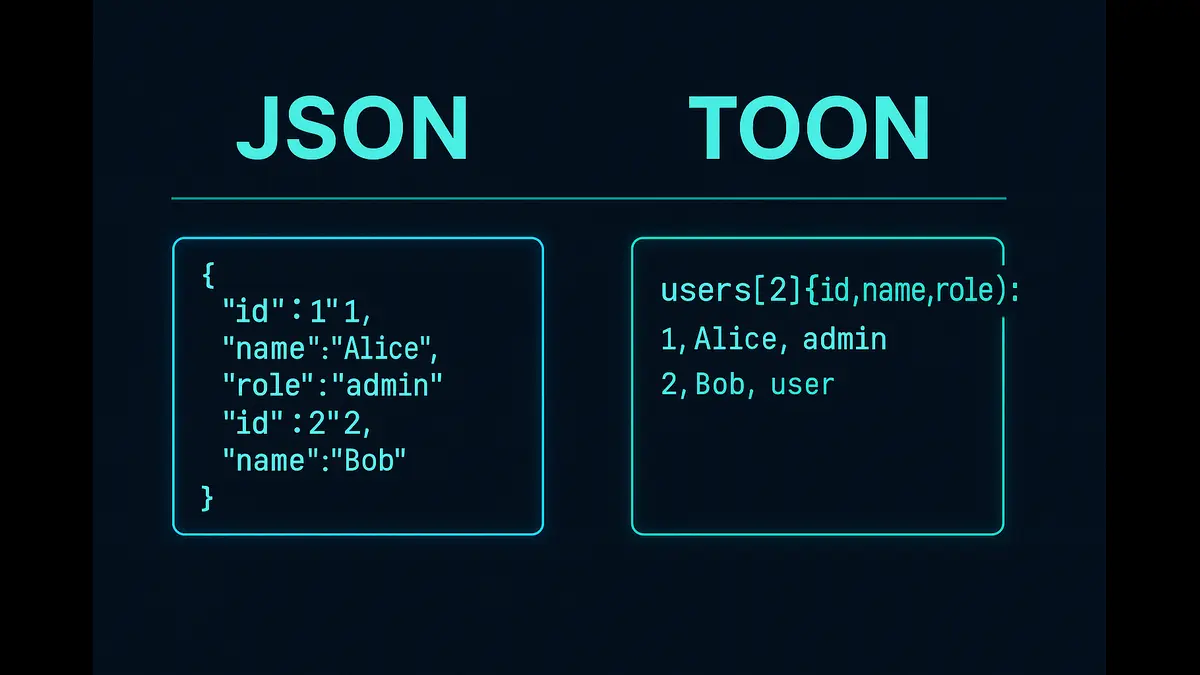
Trump’s $100,000 H-1B fee risks pricing out startups, straining education, and pushing talent offshore—reshaping U.S.-India tech ties.
President Donald Trump signed a proclamation that upended the world of skilled migration: a $100,000 annual fee on H-1B visas, applied to both new applications and renewals. The fee sits on top of the existing $215 registration and $780 Form I-129 charges, transforming what was once a costly but navigable process into something resembling a luxury tax.
The H-1B program, capped at 85,000 visas annually, has been central to America’s technological preeminence for decades. Indian nationals, who account for more than 70 percent of approvals, are the backbone of this system. The new fee threatens to cut that backbone. More than 1.3 million Indian H-1B holders in the U.S. suddenly face an uncertain future. The White House argues the policy will protect domestic wages, but the scale of the fee makes it less about protection and more about deterrence—an economic shock delivered without Congressional debate.
Impact on Startups and Indian IT Firms
The sharpest blow lands on startups. For young companies, H-1B hires have often been the difference between breakthrough and burnout. USCIS data shows early-stage firms regularly tap the visa pool to fill engineering and data science roles that the domestic market cannot meet. Under the new rules, sponsoring one mid-level employee for the full six-year cycle now costs $600,000 in visa fees alone. For lean startups, this is ruinous.
Large corporations like Amazon, Microsoft, and Meta can swallow the costs to secure the top percentile of global talent. Indian IT majors such as Tata Consultancy Services and Infosys, however, face ballooning expenses as well. Sponsoring thousands of visas could add hundreds of millions in liabilities. Nasscom, the Indian IT industry body, has warned that this will squeeze margins on U.S. contracts, which still account for more than 60 percent of the sector’s revenue. The likely outcome is a bifurcated market: big tech monopolizes global talent, while smaller players are priced out, throttling the diversity of skills that fuels innovation.
Effects on Housing and Local Economies
The effects ripple beyond offices into neighborhoods. Housing markets in San Francisco, Seattle, and Austin—already volatile—depend on the purchasing power of immigrant workers. Zillow estimated in 2024 that immigrant inflows, including H-1B households, contributed up to 20 percent of Bay Area price growth. If renewals lapse and workers depart, property values could soften, and local economies that rely on $100 billion in immigrant housing expenditure annually will falter.
In India, the picture flips. Returnees bringing back savings could pump $20–30 billion into the housing market, lifting demand in Bengaluru, Gurugram, and Chennai by 10–15 percent, according to Knight Frank. For India’s urban economy, this “reverse remittance” effect is a silver lining; for the U.S., it is a slow leak in an already strained housing balloon.
Consequences for Higher Education
The American higher education system is another casualty. Indian students make up more than 70 percent of international enrollments in STEM master’s programs, contributing $8.5 billion to U.S. universities in 2024 alone. The prospect of an H-1B visa has historically justified the steep cost of U.S. degrees. If that pathway now carries a $100,000 annual surcharge, applications could decline by 20–30 percent. Families may instead direct their children toward Indian Institutes of Technology, or toward Canada, Australia, and Germany, where migration pathways are clearer.
The long-term risk is a thinning of the knowledge pipeline between India and the U.S., one of the hidden engines of America’s innovation economy.
Growth of Offshoring and Remote Work
If the aim of the policy is to preserve American jobs, it may backfire. Deloitte estimates India’s Global Capability Centers—corporate outposts of multinational firms—already employ 1.6 million people, and could add another 200,000 annually. A surge in offshoring, triggered by the visa cost, could push that growth rate even higher. McKinsey projects that offshoring could expand by 15–20 percent in the coming years, benefiting Indian cities like Pune and Hyderabad.
Remote work provides another escape hatch. A 2024 Gartner report noted that 40 percent of tech roles are “remote-eligible,” a figure that will only rise. By hiring directly in India at $50,000–$70,000 salaries, versus $120,000 in the U.S., companies can bypass both high wages and visa fees. Firms like Salesforce already report saving 25 percent through global remote hiring. Rather than protect wages, the policy may accelerate global wage compression.
Return Migration and Urban Development in India
While the U.S. risks talent drain, India could see a rare reversal: a brain gain. Returning professionals with Silicon Valley experience bring both capital and expertise. Knight Frank forecasts a double-digit increase in urban housing demand, while India’s $1.4 trillion infrastructure pipeline provides fertile ground for reinvested savings. Deep-tech sectors in AI, semiconductors, and biotech could attract as much as $12 billion in new investment.
This shift dovetails with Prime Minister Modi’s Atmanirbhar Bharat vision of self-reliance, positioning India not just as the world’s back office, but as a peer innovation hub. Ironically, U.S. policy may accelerate India’s long-standing ambition to move up the value chain.
Implications for U.S. Innovation
The U.S. will continue to attract elite talent, especially in fields like AI and quantum computing. Big tech, which accounts for over 40 percent of H-1B approvals, will absorb the costs and consolidate its dominance. The National Science Foundation notes that foreign-born H-1B holders contribute to 25 percent of U.S. patents, and that stream will not dry up overnight.
But the ecosystem around the giants—startups, mid-sized firms, and research labs—will weaken. Silicon Valley’s dynamism has always been a product of diversity, mobility, and experimentation. By narrowing access to only the wealthiest employers, Washington risks eroding the competitive churn that built its innovation economy.
Political and Policy Dimensions
Politically, the move rides a wave of nationalism. A 2024 Pew poll found 55 percent of Americans support stricter immigration limits, a sentiment the Trump administration has channeled effectively. Yet the bluntness of this fee invites legal scrutiny. Critics argue that imposing a $100,000 levy through presidential proclamation skirts Congress’s constitutional role in setting immigration policy. Lawsuits are inevitable.
In India, the policy plays into narratives of self-sufficiency and resilience. The government is likely to emphasize the return of talent as proof that global volatility can be turned into domestic opportunity. But beneath the rhetoric, the reality is more complex: while India may gain repatriated talent, it also loses a crucial channel of soft power and influence in the United States.
Shifts in Global Migration Patterns
With America tightening the screws, other nations are ready to cash in. Canada’s Express Entry program, already welcoming 110,000 skilled workers annually, could see applications surge by 20 percent. Australia, Singapore, Japan, and the UAE are also poised to absorb displaced talent. In Dubai, property prices rose 12 percent in 2024, fueled partly by Indian professionals seeking stable alternatives. What was once a clear India-to-U.S. pipeline is now fragmenting into a global auction for talent.
Changes in Travel and Connectivity
The fallout will even be visible in the skies. More than 4.5 million passengers traveled between the U.S. and India in 2024. Industry forecasts suggest a 10–15 percent decline in business travel under the new rules. Airlines may soften the blow with fare cuts, but the broader hospitality sector—which depends on cross-border visitors and generated $20 billion last year—faces turbulence. The decline in physical mobility will likely be offset by digital connectivity, but the intangible benefits of cultural and professional exchange are harder to replicate over Zoom.
The $100,000 H-1B fee is less a policy than a blunt instrument. By pricing out startups, squeezing Indian IT majors, depressing U.S. higher education, and accelerating offshoring, it risks damaging the very innovation ecosystem it claims to defend. For India, the disruption carries both danger and opportunity: the chance to capture returning talent, but also the loss of a strategic channel to Washington.
There are better ways to balance worker protection with global competitiveness. Raising wage thresholds, scaling fees by employer size, or closing outsourcing loopholes would target the problem directly without stifling dynamism. By treating immigration as a privilege only the wealthiest firms can afford, the U.S. risks losing not just talent, but the collaborative spirit that has long underpinned U.S.-India prosperity.
Join the Poniak Search early access program.
We’re opening an early access to our AI-Native Poniak Search. The first 500 sign-ups will unlock exclusive future benefits and rewards as we grow.
[Sign up here -> Poniak]
Limited seats available.
Discover more from Poniak Times
Subscribe to get the latest posts sent to your email.







